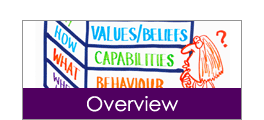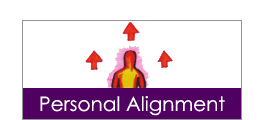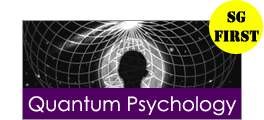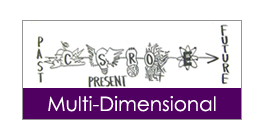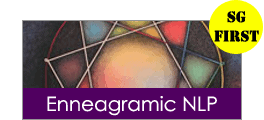The NLP Master Practitioner Certification Training
How do you know if you have done a good SCORE?
“Prescription before diagnosis is malpractice.”
Our NLP practitioners will probably be familiar with the above statement. It is the reason why many of us who use NLP in coaching always utilise the SCORE model to first gather information, before suggesting intervention tools.
How much information is enough information?
But when it comes to information gathering with the SCORE, two common issues our students face are:
-
- The session ran too long. There was way too much information from the client, and it was hard distill the conversation down to key salient points.
- The session was too brief. They didn’t know what other questions to ask and they missed out crucial information that may have been potentially captured.
A SCORE diagnostic will only be truly effective when one knows what information to gather in order to formulate a proper intervention plan.
Just like martial arts, the key information is like understanding vital weaknesses of the enemy. Making good use of these information is more than half the battle won.
The Multi-Dimensional SCORE – The structure of gathering key information
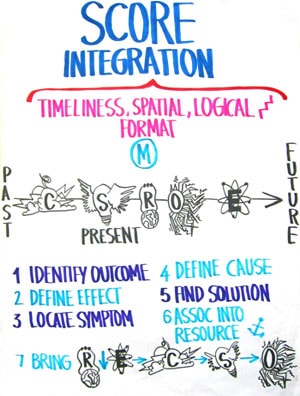
As what we have covered in the previous articles, sustainable change doesn’t happen unless people start aligning their actions with their values, beliefs and personality.
Therefore, in coaching, a coach’s ability to understand where misalignment has occurred will best help a client. This is why the NLP Master Practitioner programme builds on the basic SCORE Model learnt in the Practitioners’ with the Multi-Dimensional SCORE, as a diagnostic tool to gather key information about one’s higher logical levels.
Combining various modalities such as meta-programmes, Enneagram personality lenses, linguistic markers, somatic syntax and logical levels, the coach gains the ability to see how things are interconnected, and how to ask more probing questions to uncover possible personality patterns, conflicting values, as well as self-limiting beliefs.
Information management frees up the conscious mind
The conscious mind is only able to process seven plus minus two chunks of information, so having this structure also helps to free up the coach’s conscious mind from multi-tasking between information gathering, rapport building and problem solving (task-information-relationship balance).
When the coach is not wondering what is the next question to ask or how to organize the information, he can be more present to support and listen to the client.
Many coaches who use this structure have reported how they are now more at ease and intuitive with coaching diagnostics and have greater capacity to enrich the conversations with their clients.
Multi-Dimensional SCORE is an important assignment in the NLP Master Practitioners Training
In the NLP Master Practitioners’ training, you will be asked to complete a diagnostic report based on a hour long coaching session with a fellow course participant. The intention of this is of course, is to help you master the art and science of information gathering using the Multi-Dimensional SCORE. This will be especially useful if you are looking to raise your coaching competency.

At the end of the report, based on your information about the coachee’s challenges and resources, you will also be tasked to make recommendations on what NLP interventions will be helpful to the coachee.
And finally, Barney will personally spend time to go through your report, and offer you valuable feedback on areas you can improve on.

